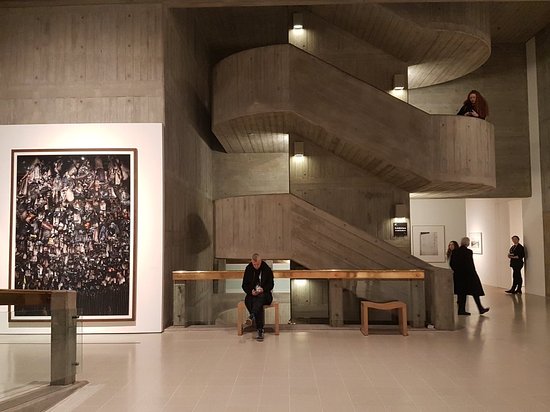Art Space - The Hayward Gallery In London
The Hayward Gallery is a craftsmanship exhibition inside the Southbank Center in focal London, England and part of a space of significant expressions scenes on the South Bank of the River Thames. It is sited neighboring the other Southbank Center structures the Royal Festival Hall and the Queen Elizabeth Hall and furthermore the National Theater and BFI Southbank repertory film. Following a rebranding of the South Bank Center to Southbank Center in mid 2007, the Hayward Gallery was known as the Hayward until mid 2011. Book nearest taxi service to visit this art gallery.
The Hayward Gallery was worked by Higgs and Hill and opened on 9 July 1968. Its massing and broad utilization of uncovered substantial development are highlights common of Brutalist design. The underlying idea was planned, with the Queen Elizabeth Hall and Purcell Room, as an expansion toward the Southbank Center expressions complex by group pioneer Norman Engleback, helped by John Attenborough, Ron Herron and Warren Chalk, two individuals from the later established gathering Archigram, of the Department of Architecture and Civic Design of the Greater London Council.
Warren Chalk then, at that point fostered the site plan and connective first floor walkways, while Ron Herron dealt with the acoustics for the Queen Elizabeth Hall. Alan Waterhouse, then, at that point Dennis Crompton, dealt with the plans for the Hayward. The structure is named after Sir Isaac Hayward, a previous head of the London County Council, the GLC's predecessor. Joanna Drew was the establishing chief; Ralph Rugoff has been chief since 2006. Southbank Center and Arts Council considered the eventual fate of the Hayward building, along with the Queen Elizabeth Hall and Purcell Room which remain between the Hayward and the River Thames more than quite a long while.
A proposed conspire chose from a structural rivalry, planned by Richard Rogers, in the mid 1990s would have included covering each of the three structures in an incredible wave-molded glass rooftop, which would have connected the Royal Festival Hall to Waterloo Bridge. This didn't continue because of it's anything but a significant degree of lottery financing, likely significant expense, and the resistance of the Twentieth Century Society who considered it to be harming to the setting of the individual structures under the covering. Refurbushment work was completed in 2015-18 under plans created by Feilden Clegg Bradley. You can visit the space by booking private taxi at affordable prices.







Comments
Post a Comment